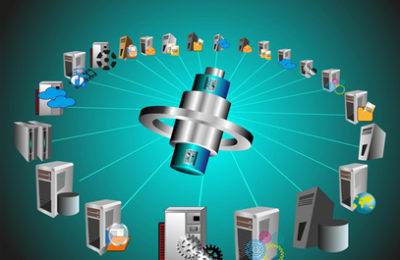The Top Tech Priorities of Higher Ed CIOs

College and university CIOs face all sorts of complex issues when it comes to successfully meeting application, technology, and user base demands.
As developments in the tech world continue ever onwards, CIOs will face numerous challenges if they want to successfully integrate and operate the digital environments of their campuses.
New Trends
- Business Analytics: More than ever, CIOs need to develop and provide useful data for both students and administrators. In order to retain students and improve their education outcomes, CIOs are using learning and predictive analytics as well as data-driven decision making.
- Mobile Apps: Colleges and universities are now coming under pressure to provide mobile applications for their students that offer new and intuitive connectivity on a student-to-student and student-to-educator basis. A recent national survey has shown that 83 percent of higher education campuses are activating mobile apps or planning to for 2015 and beyond.
- Cloud Services: Providing user support for cloud services is another huge new endeavor for CIOs to tackle. In keeping up with the trend of tech development, cloud integration is now a necessary structure for CIOs to master themselves and make available to their administrative staff and students.
- Campus Wi-Fi: As the proliferation of smart wireless devices increases year after year, institutions are struggling to provide the adequate bandwidth to accommodate all the devices students carry. The same national survey mentioned above showed that 74 percent of CIOs ranked providing appropriate wireless networking a top priority.
- New Tech: New tools and toys are the name of the game year-to-year when it comes to technological innovation. For instance, wearable devices open up a new frontier in educational opportunities. Quizzes, campus navigation, and interactive lessons will make use of these devices, and CIOs must ensure their digital infrastructures are well-equipped to accommodate them. But security will also prove a major issue in this area ? especially as the ?Internet of Things? develops into the future.
Biggest Challenges
- Operational Strategies: Staffing IT departments on college and university campuses is of utmost importance for CIOs if they want to keep their systems running at full capacity. A 2014 survey on these campuses across the US showed that two-thirds of CIOs had succession planning strategies, and 71 percent reported having formal IT governance strategies.
- Budget Concerns: Allocating funds to central, academic, and administrative IT proves a major challenge to CIOs, especially when only 33 percent (according to the survey) of respondents expected their IT budgets to increase by next year.
- Data Collection and Reporting: Most CIOs report using internal service providers for data management. In other words, CIOs will more than likely be responsible for overseeing the strategies of how to support and maintain the updates and maintenance of their likely multiple data center environments.
Higher education is on a path toward a worldwide technological revolution that will completely change the way we look at learning and the systems that provide it.
For both public and private institutions, these new trends and challenges will be front and center in your mind as a CIO for the rest of 2015 and as we transition into 2016. Stay up to date on these developments, and you should be prepared to overcome any IT obstacles you face.
And remember ? N2N?s integration cloud can help you streamline processes at your university and easily move data that way you need to. To learn more, contact us today by emailing info@n2nservices.com.


